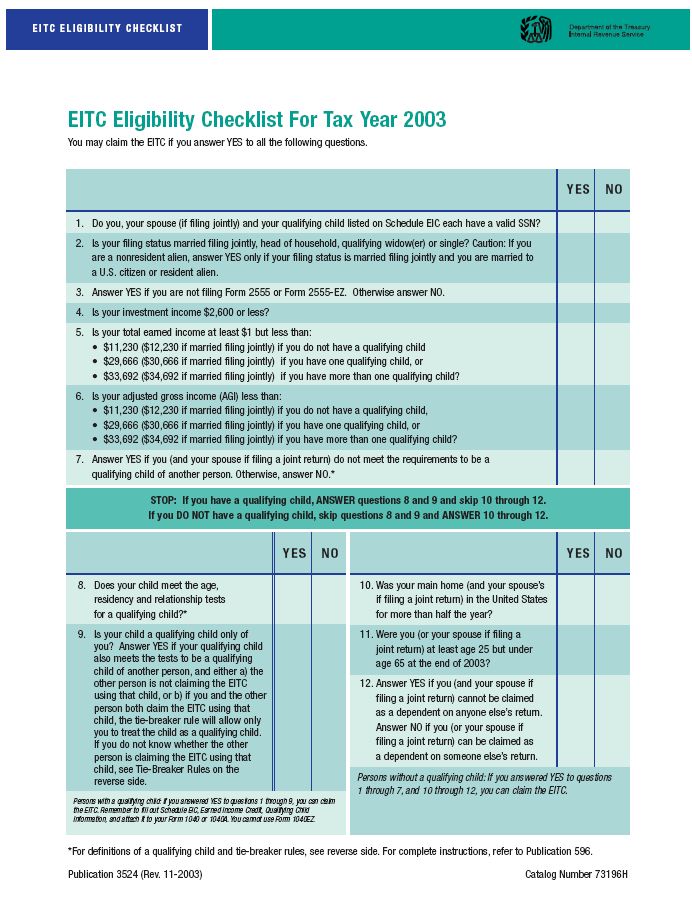As I discussed in Over $100m in 12 months backs natural language for the semantic web, Radar Networks’ Twine is one of the more interesting semantic web startups. Their founder, Nova Spivak, is funded by Vulcan and others to provide “interest-driven [social] networking”. I’ve been participating in the beta program at modest bandwidth for a while. Generally, Nova’s statements about where they are and where they are going are fully supported by what I have experienced. There are obvious weaknesses that they are improving. Overall, the strategy of gradually bootstrapping functionality and content by controlling the ramp up in users from a clearly alpha stage implementation to what is still not quite beta (in my view) seems perfect.
Recently, Nova recorded a few minute video in which he makes three short-term predictions: Continue reading “The Semantic Arms Race: Facebook vs. Google”



